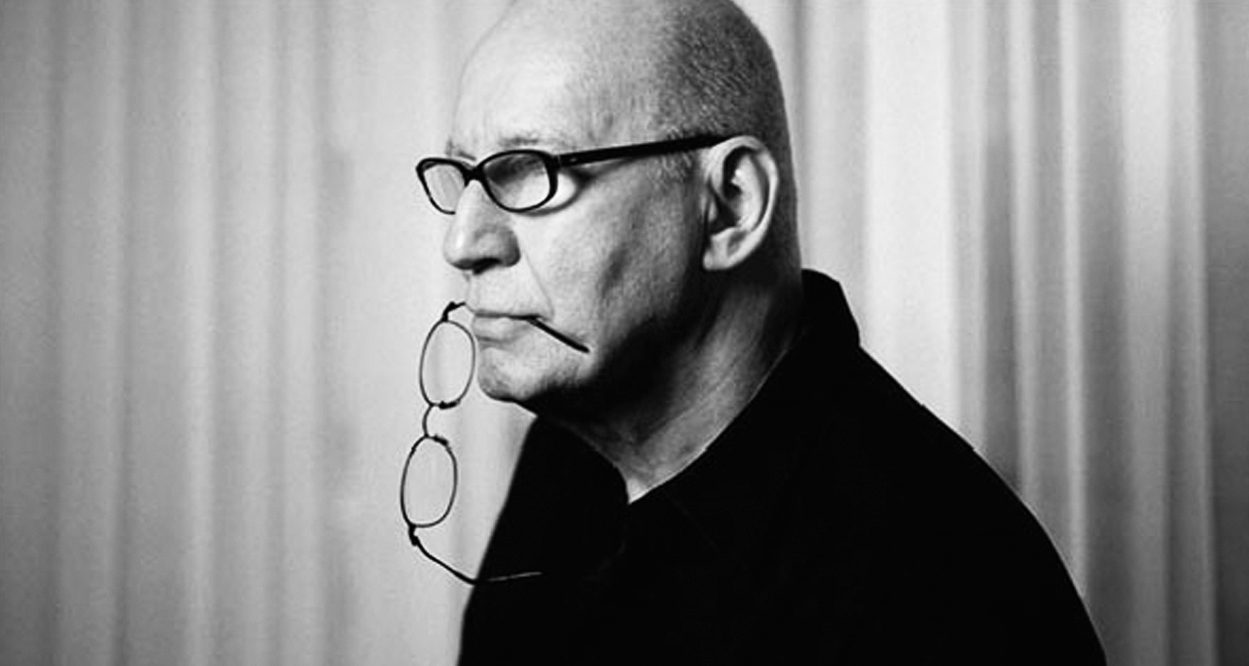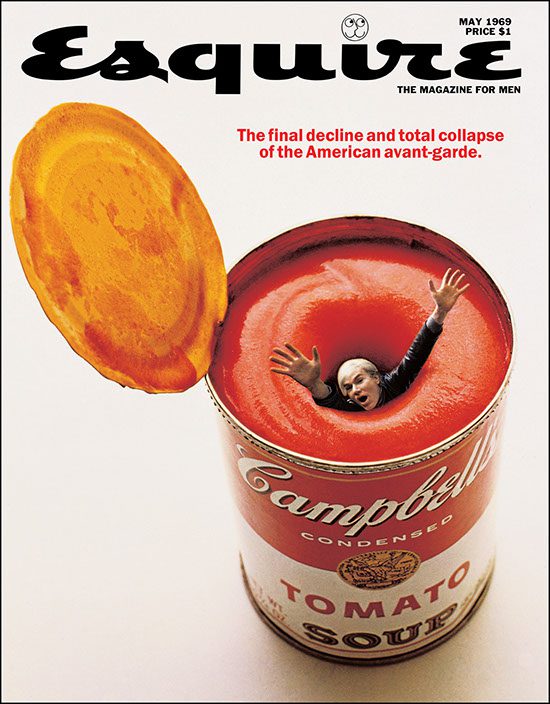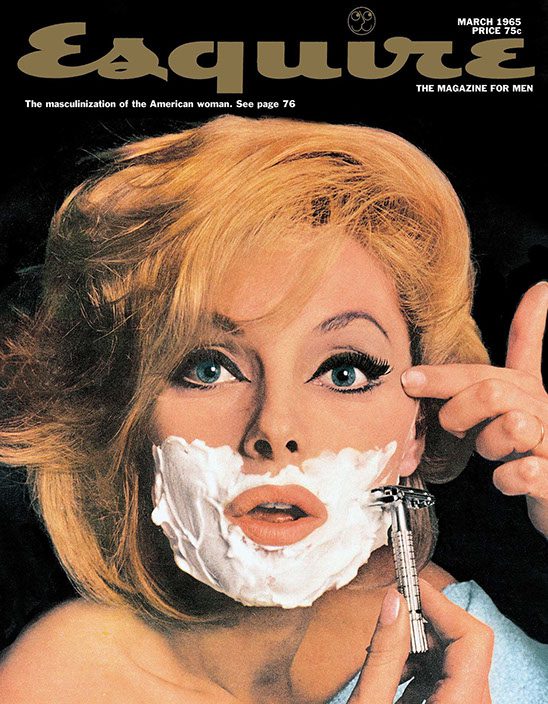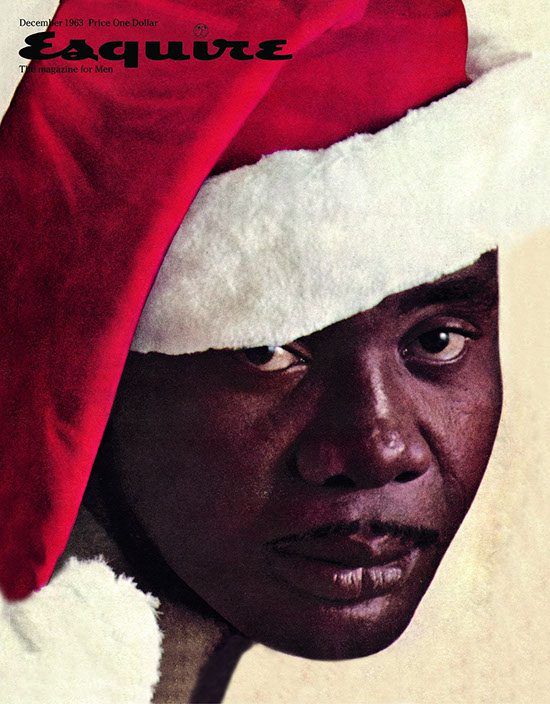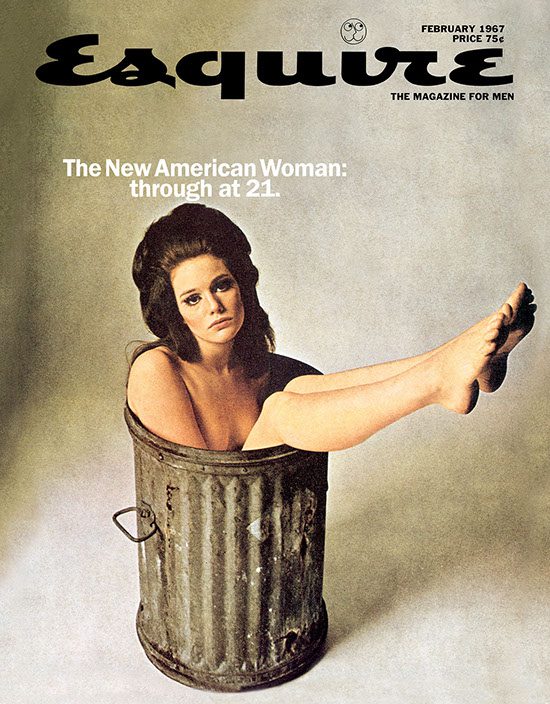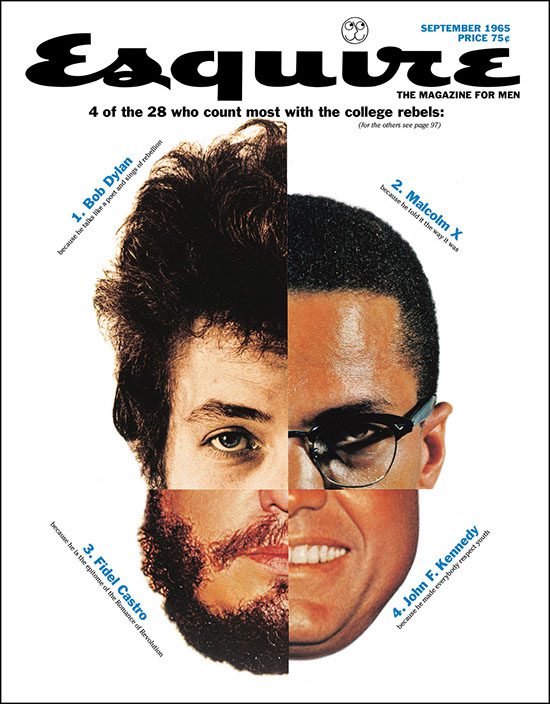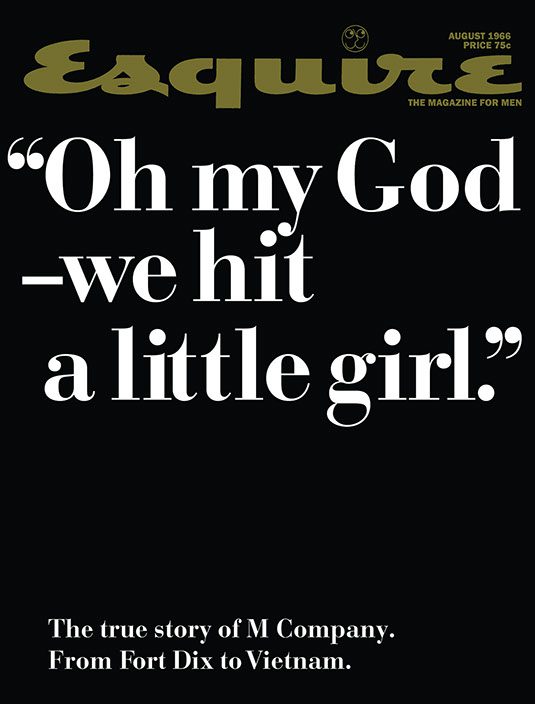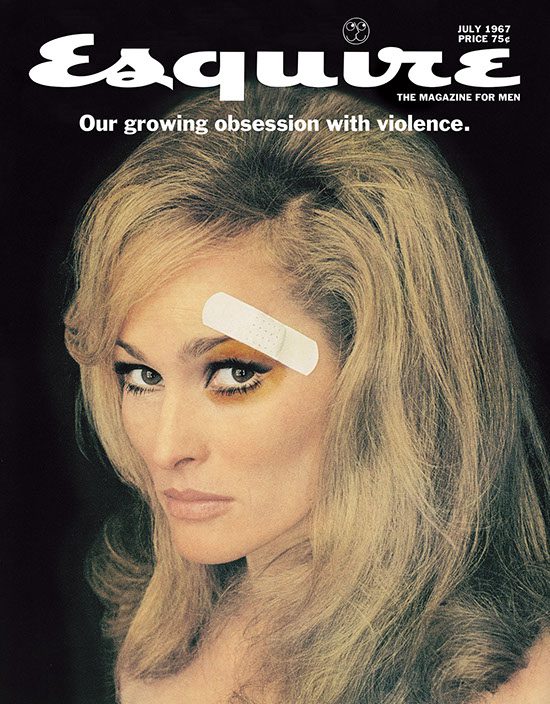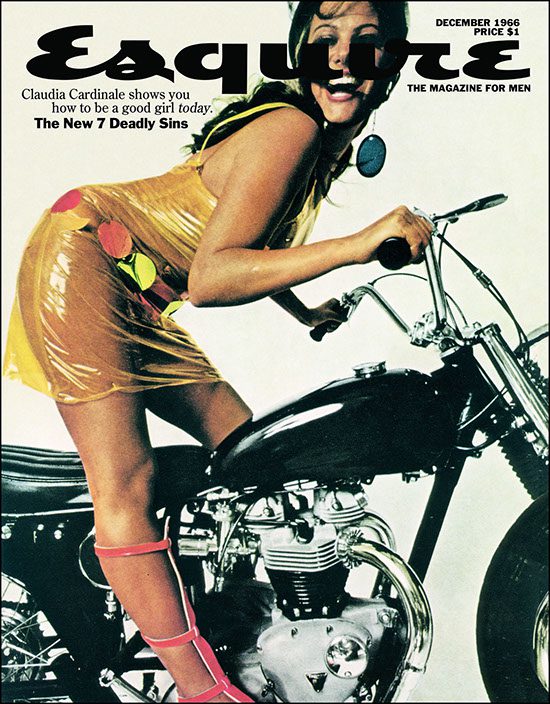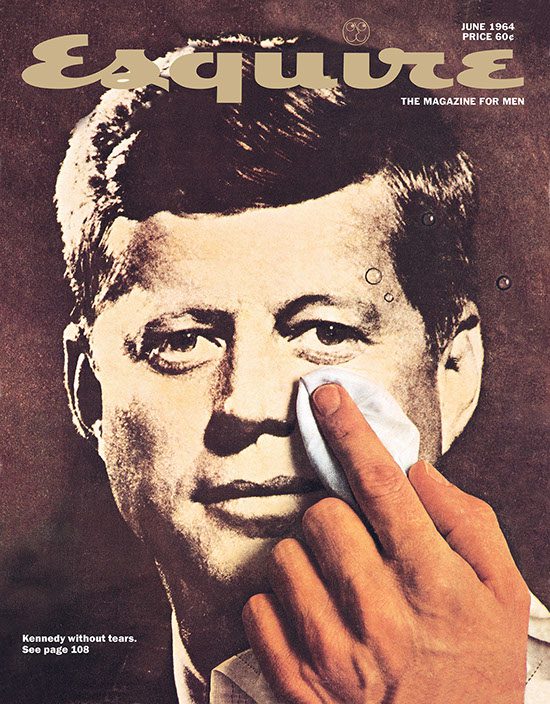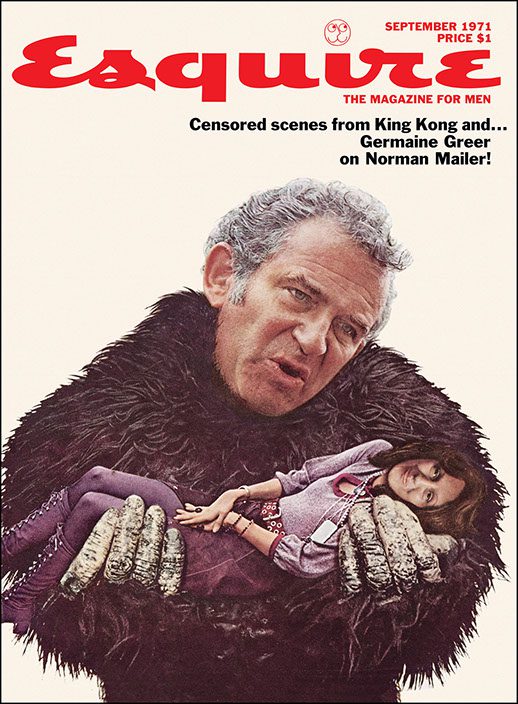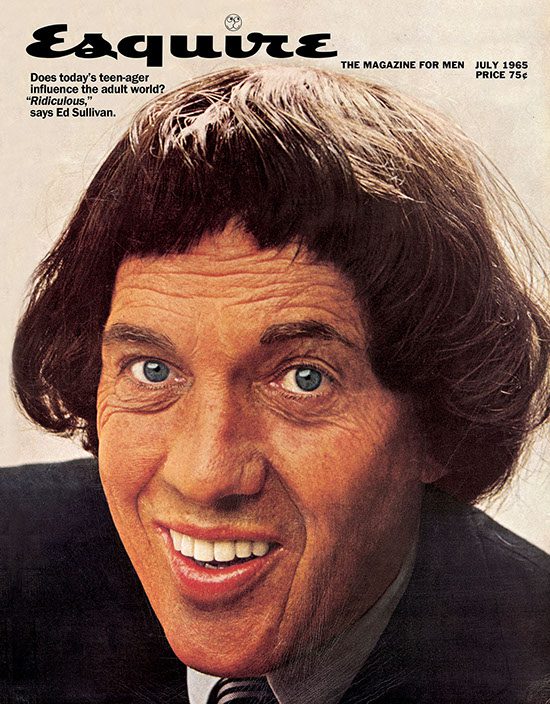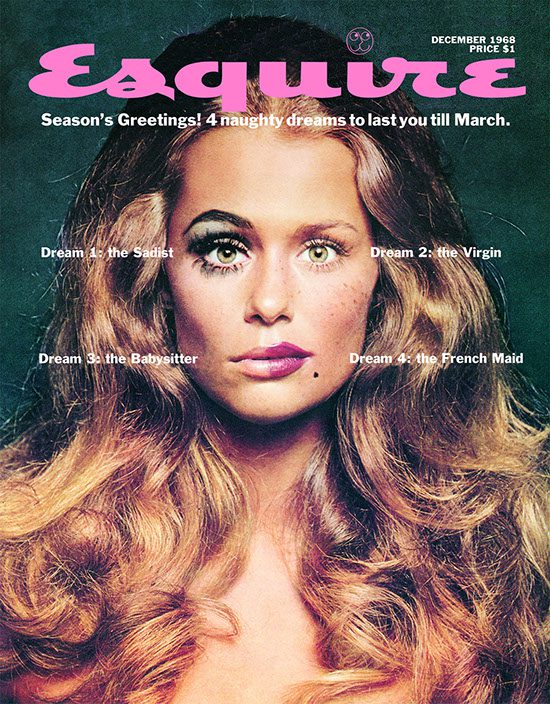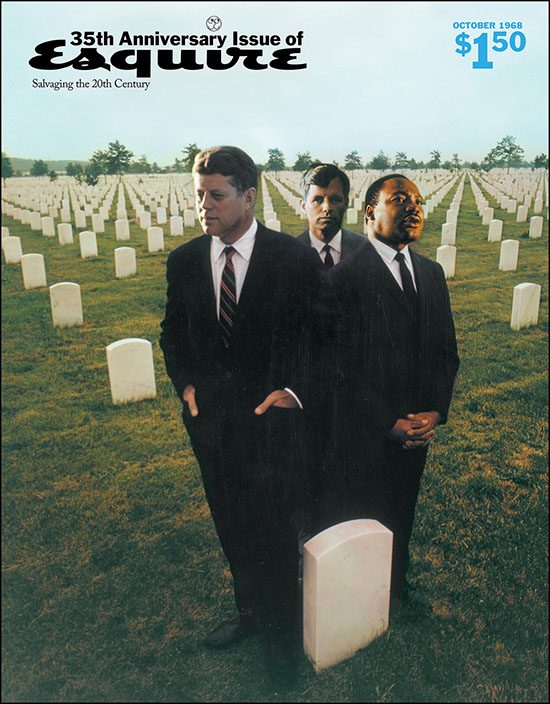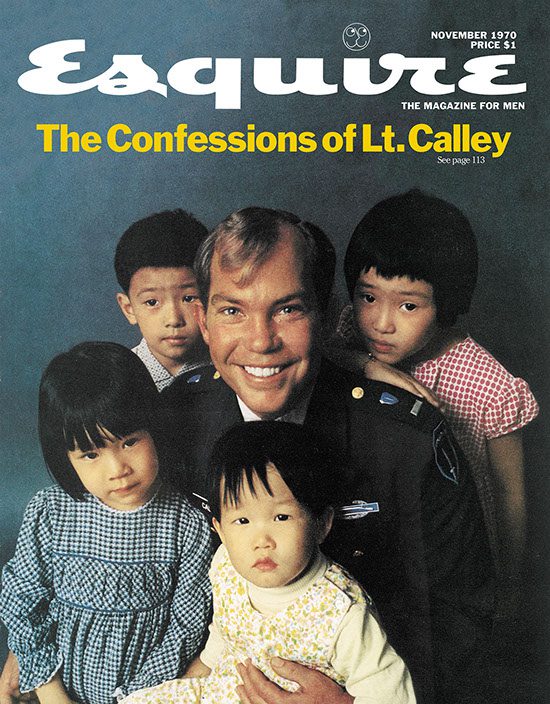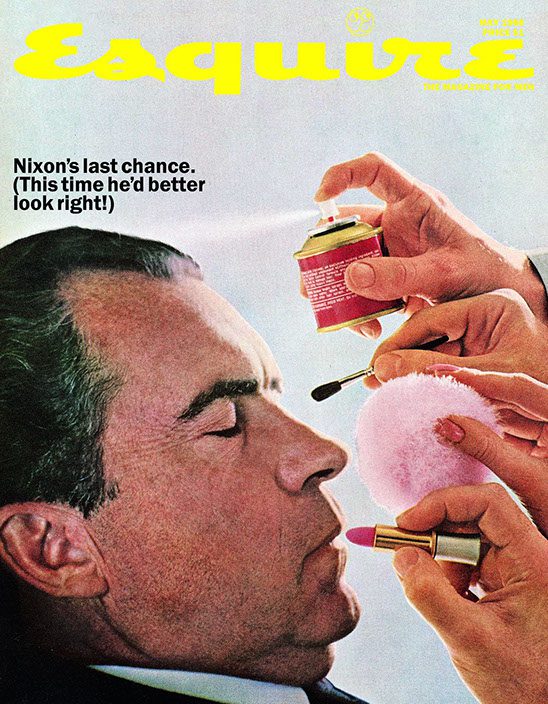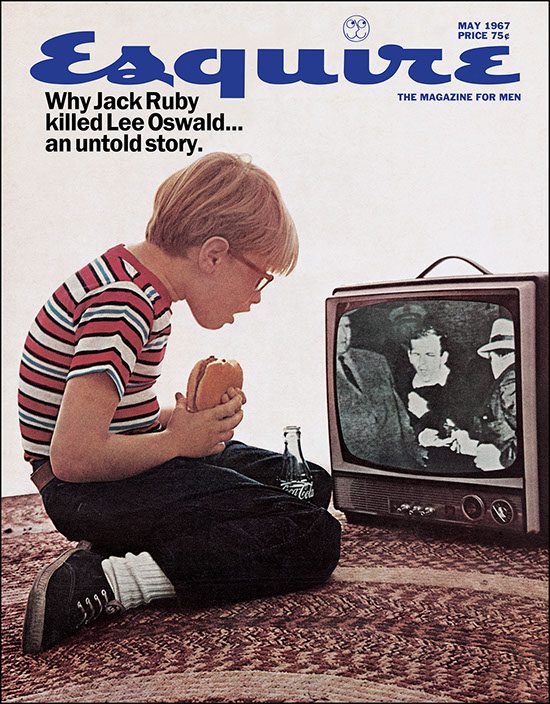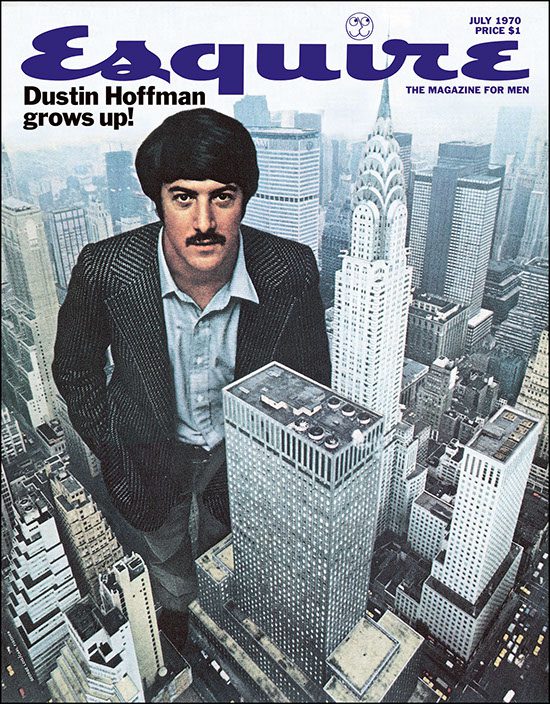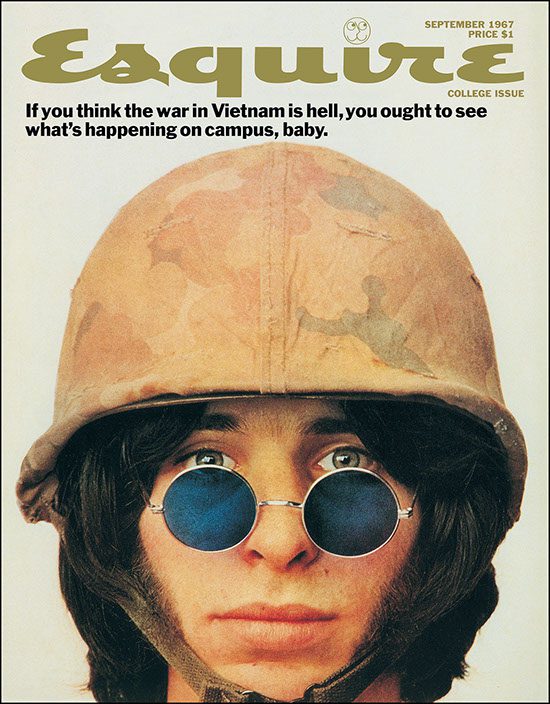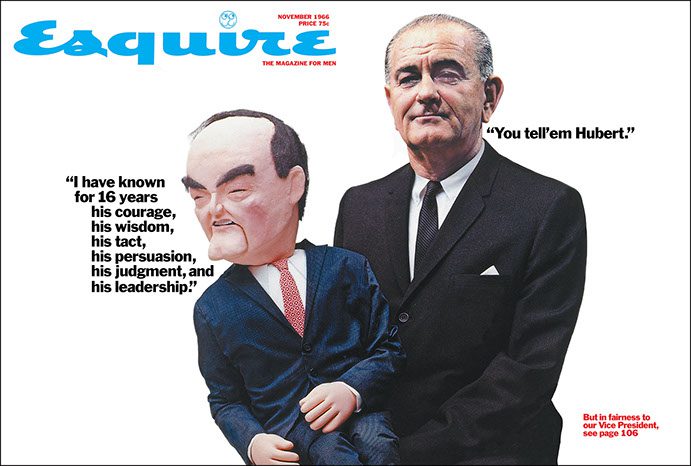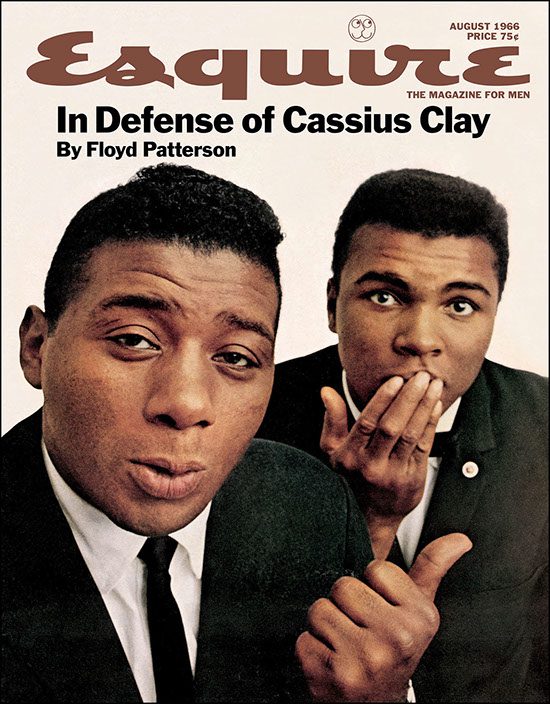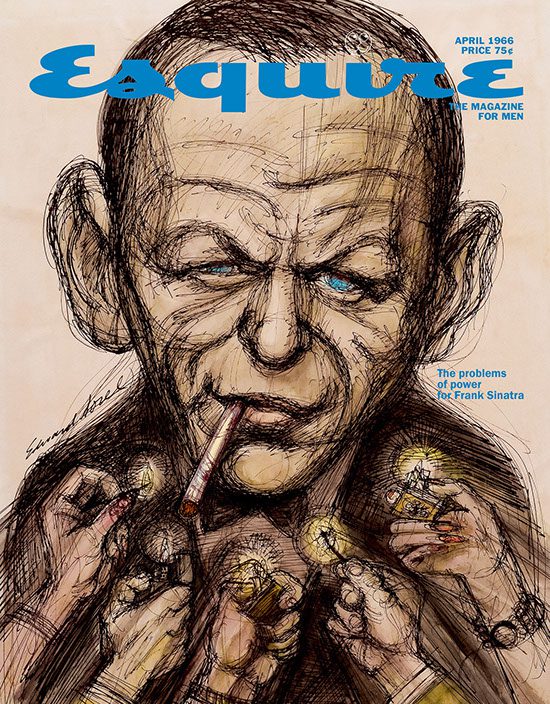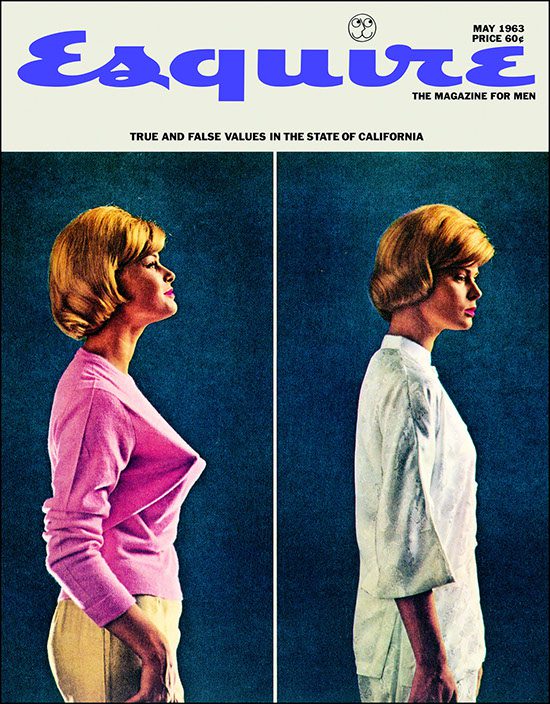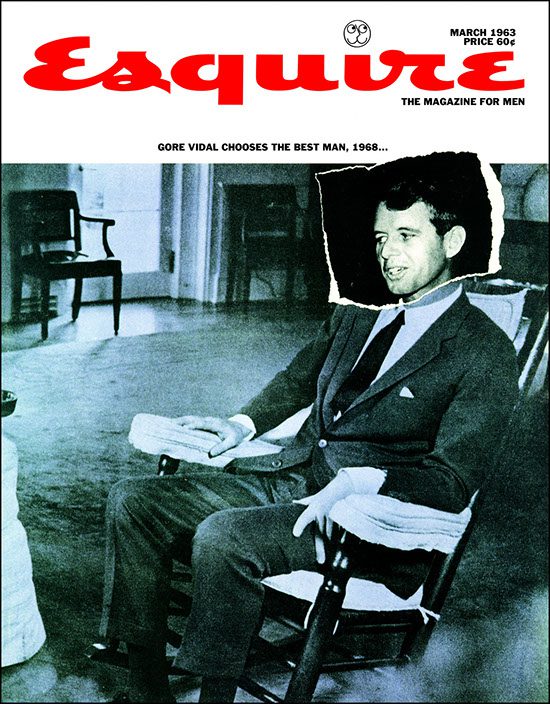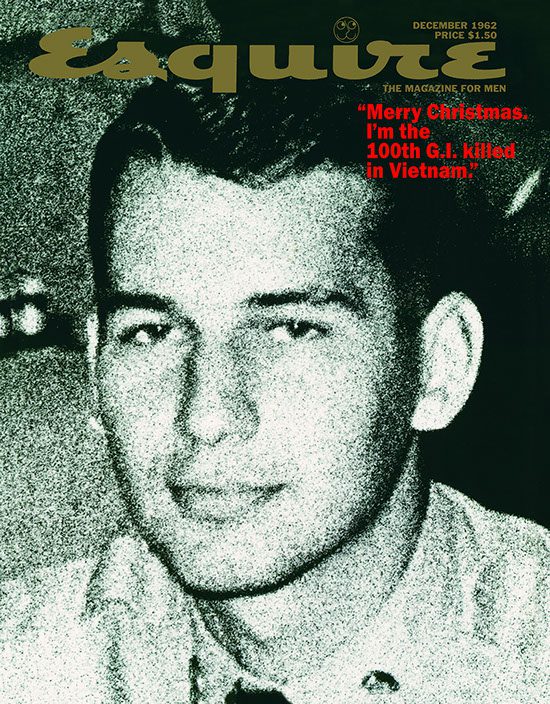George Lois, often heralded as the enfant terrible of advertising, is a towering figure whose fearless creativity has left an indelible mark on the industry. Known for his bold ideas and unflinching approach, Lois redefined the boundaries of advertising with campaigns that were as audacious as they were effective. His work not only reshaped the landscape of advertising but also set new standards for what it means to be a creative innovator. This article explores Lois’s remarkable career, his fearless creativity, and the enduring impact of his contributions to the advertising world.
1. The Maverick Beginning
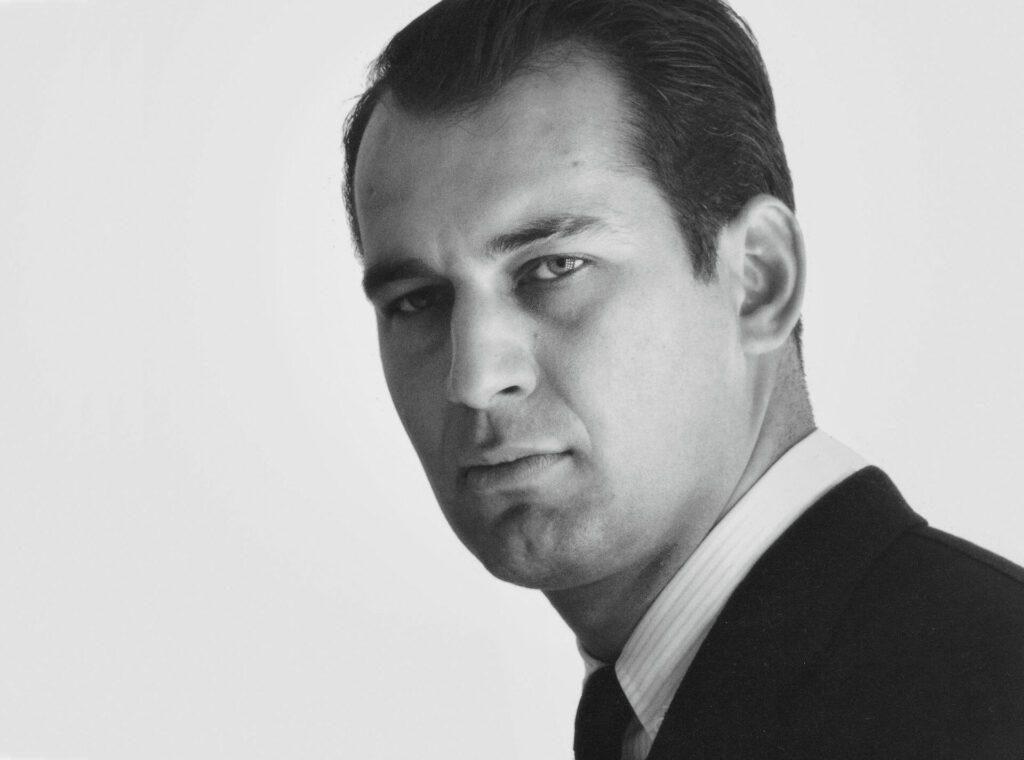
1.1. Early Life and Influences
George Lois was born in 1931 in New York City. From an early age, he exhibited a flair for creativity and a rebellious spirit. Influenced by the vibrant cultural and artistic environment of 1950s New York, Lois was inspired by the likes of Picasso and the burgeoning world of pop art. His early experiences and influences set the stage for a career marked by boundary-pushing creativity.

1.2. The Start of His Career
Lois began his career as an art director at the age of 19, working at various agencies before co-founding his own agency, George Lois Associates, in 1960. His work quickly gained attention for its originality and boldness, challenging the conventional norms of advertising and establishing him as a force to be reckoned with.
2. Fearless Creativity and Iconic Campaigns
2.1. Esquire Magazine Covers
One of the most significant aspects of Lois’s career was his work for Esquire magazine, where he created some of the most iconic magazine covers of the 1960s. Lois’s covers were not just visually striking but also thought-provoking and provocative. For instance, his famous cover featuring a photograph of boxer Muhammad Ali with the headline “The Fighter Who Can’t Lose” is a prime example of how Lois combined powerful imagery with bold statements to create compelling and memorable designs.
2.2. “I Want My MTV” (1982)
Overview: This iconic campaign was launched to promote MTV, the music television network. The ads featured a series of bold, attention-grabbing visuals and catchy slogans like “I Want My MTV!” which became a cultural catchphrase.
Significance: Lois’s campaign was revolutionary in its approach, leveraging celebrity endorsements and a provocative tone to appeal to the youth market. The ads helped establish MTV as a major cultural force and drove up the channel’s popularity. The campaign is celebrated for its creativity and effectiveness in breaking through the clutter of traditional advertising.
2.3. “The Man in the Hathaway Shirt” (1969)

Overview: This ad featured a dashing, eye-patched model (Richard Oettinger) promoting Hathaway shirts. The ad’s tagline, “The Man in the Hathaway Shirt,” and its unique storytelling approach were groundbreaking.
Significance: Lois’s creation transformed Hathaway shirts from a mundane product into a symbol of sophistication and intrigue. The ad’s clever use of an eye-patch and compelling narrative was a departure from conventional shirt ads and set a new standard for personality-driven branding. It remains a classic example of how a distinctive concept can elevate a brand’s image.
3. “Tommy Hilfiger” (1990s)
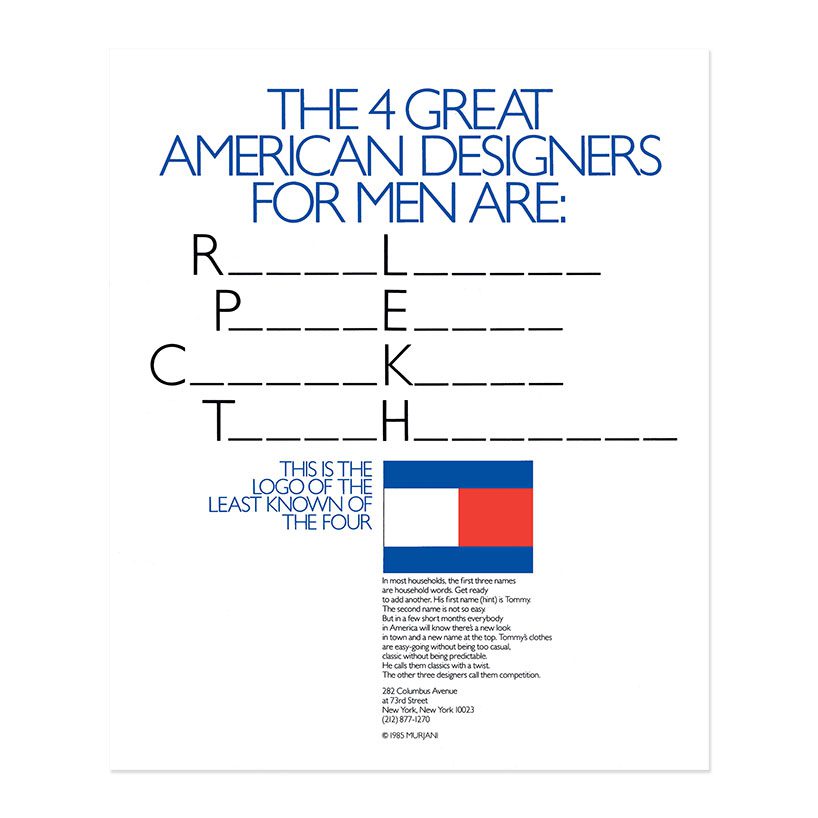
A STAR IS WORN! CREATING A CELEBRITY WITH TWO OUTRAGEOUS ADS.
The young designer with a boyish grin and an unpronounceable name was totally unknown when he was launched with a Tommy Hilfiger store on Manhattan’s Upper West Side. My opening ad challenged the reader with an audacious claim. Overnight, the burning question in town became “Who the hell is T_ _ _ _ H_ _ _ _ _ _ _?” Tommy Hilfiger became instantly famous and set off an avalanche of national publicity within days. Knowing we struck gold, I then positioned him in three successive spreads as the leader of fashion’s third wave of designers: “First there was Geoffrey Beene, Bill Blass and Stanley Blacker…Then Calvin Klein, Perry Ellis and Ralph Lauren…” followed by Tommy’s impish face pissing off every inhabitant of the Seventh Avenue schmatte business. This opening campaign outrageously put Tommy Hilfiger on everyone’s lips and millions of backs with a mere $200,000 budget. This original 1985 Tommy campaign was a self-fulfilling prophecy, because the young Hilfiger soon became the most famous and successful designer brand in the world.
George Lois’s innovative and bold approach to advertising not only set new standards but also influenced the way brands communicate their messages. His work continues to be celebrated for its creativity, effectiveness, and lasting impact on the advertising world.
3. The Philosophy of Fearless Creativity
3.1. Breaking Boundaries
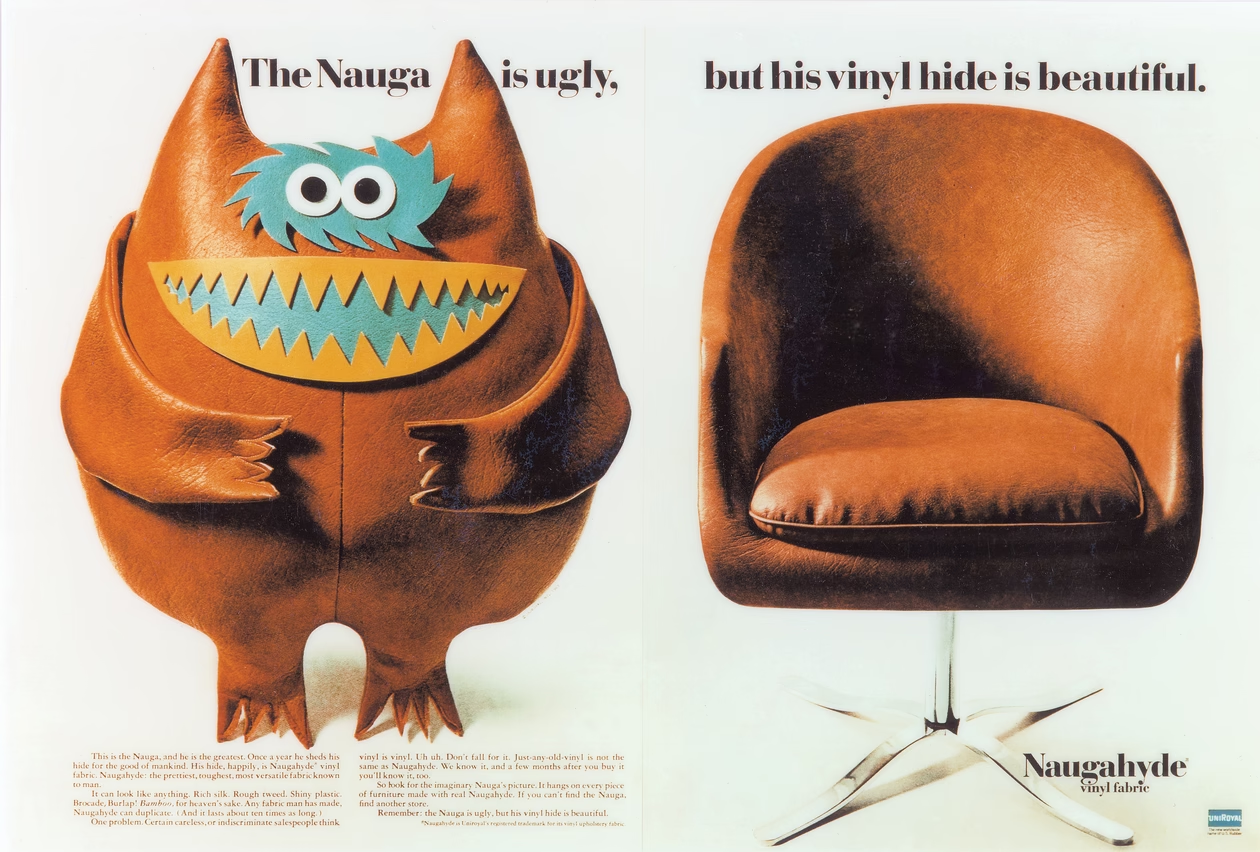
Lois’s approach to advertising was characterized by a willingness to break boundaries and defy expectations. He believed that effective advertising required taking risks and challenging the status quo. His campaigns often featured unconventional imagery and provocative messaging, which helped to grab attention and spark conversation.
3.2. Embracing Controversy
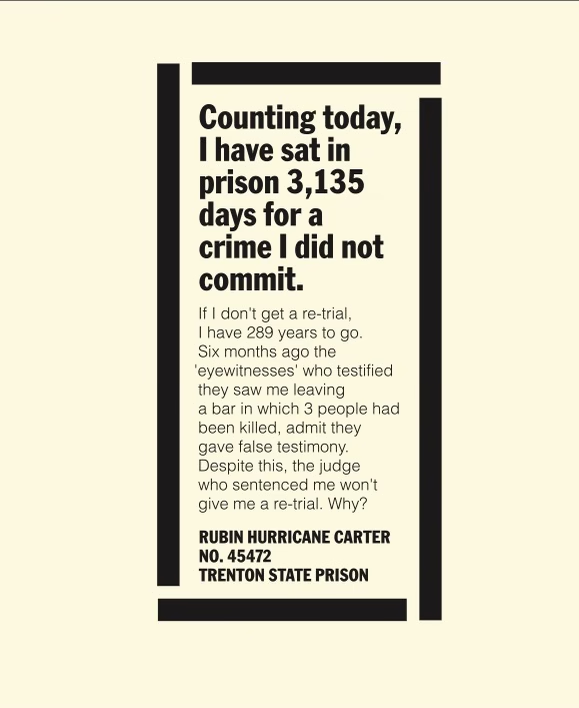
Fearlessness was a core element of Lois’s philosophy. He was unafraid to tackle controversial subjects or push the envelope with his creative choices. This willingness to embrace controversy not only distinguished his work but also helped to generate buzz and drive engagement.
3.3. The Power of Simplicity
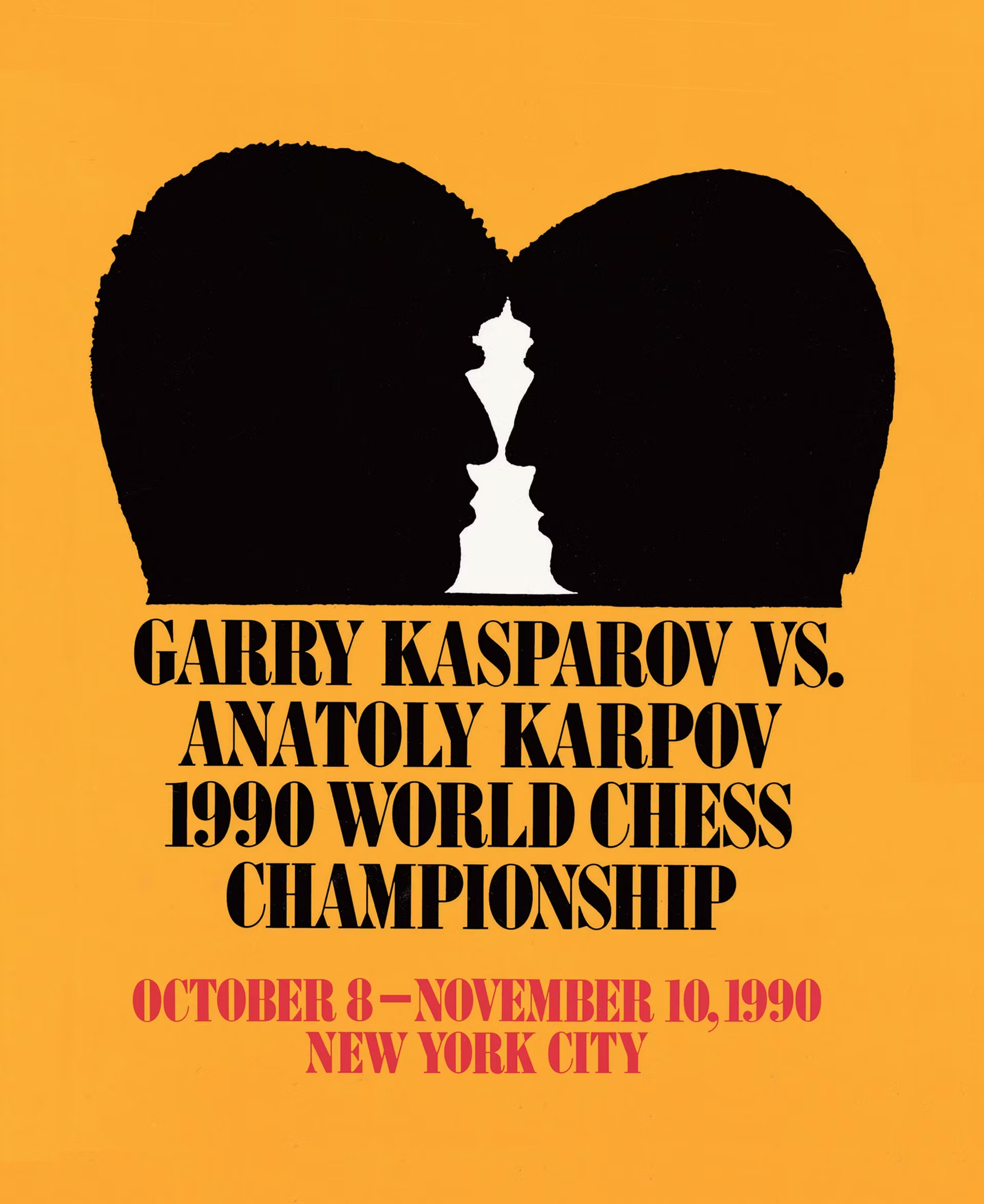
Despite the boldness of his work, Lois also understood the importance of simplicity. His campaigns were often marked by clear, concise messaging and striking visuals. This combination of simplicity and boldness ensured that his campaigns were both impactful and easy to understand, making them memorable and effective.
4. Lasting Impact on the Advertising Industry
4.1. Redefining Creative Standards
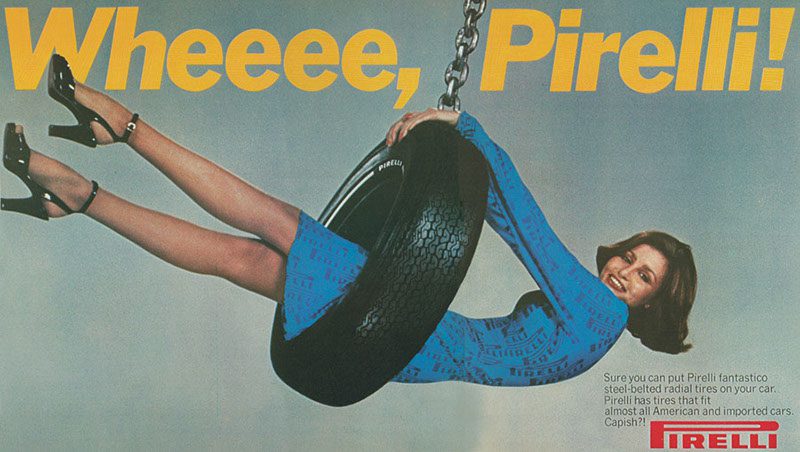
George Lois’s fearless approach to advertising redefined creative standards and set new benchmarks for the industry. His ability to combine bold creativity with strategic thinking demonstrated that advertising could be both provocative and effective. Lois’s work challenged traditional norms and paved the way for a new era of advertising that valued originality and impact.
4.2. Inspiring a New Generation
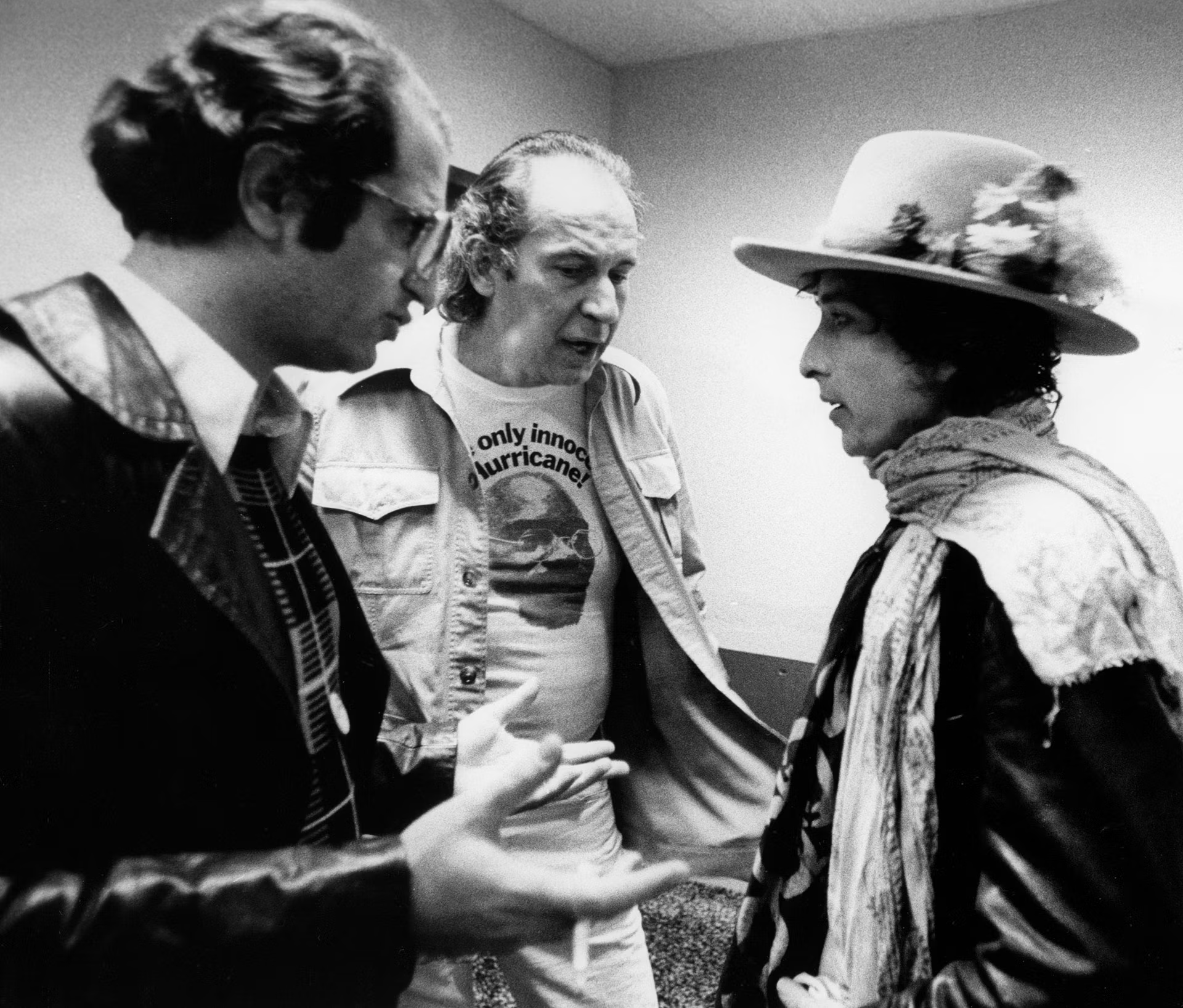
Lois’s influence extends beyond his own campaigns. His fearless creativity and innovative approach have inspired a new generation of advertising professionals to think differently and push the boundaries of what is possible. Many contemporary creatives look to Lois’s work as a source of inspiration and a model for how to approach advertising with boldness and originality.
4.3. Continued Relevance
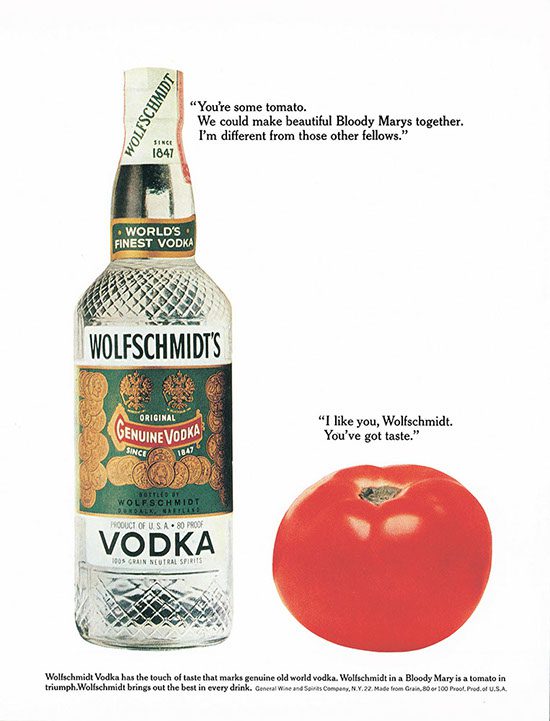
Even decades after his most iconic campaigns, Lois’s principles remain relevant in today’s advertising landscape. The need for bold, attention-grabbing ideas and the importance of connecting with audiences on an emotional level are as pertinent now as they were during Lois’s heyday. His work continues to serve as a reminder of the power of creativity and the impact it can have on branding and communication.
5. Lessons from George Lois’s Legacy
5.1. Embrace Boldness
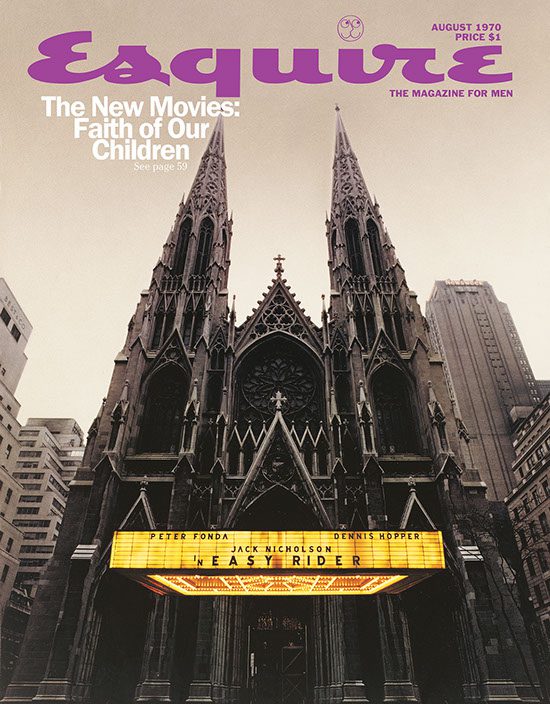
One of the key lessons from George Lois’s career is the importance of embracing boldness. In a crowded and competitive market, taking creative risks and pushing boundaries can help brands stand out and make a lasting impression. Lois’s work demonstrates that bold ideas can lead to significant success and recognition.
5.2. Challenge the Status Quo

Lois’s willingness to challenge the status quo is another important lesson. By questioning conventional norms and exploring new approaches, advertisers can create innovative campaigns that capture attention and drive engagement. Lois’s career is a testament to the value of creativity and the impact it can have on brand communication.
5.3. Balance Creativity with Strategy
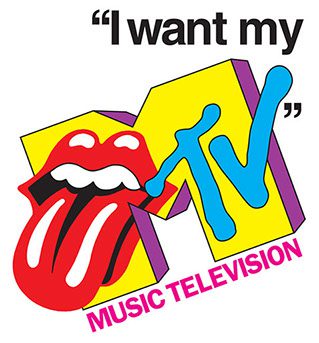
While creativity was a hallmark of Lois’s work, he also understood the importance of strategic thinking. Effective advertising requires a balance between creative ideas and strategic objectives. By aligning creative concepts with strategic goals, advertisers can create campaigns that are both impactful and effective.
Conclusion
George Lois’s fearless creativity and innovative approach to advertising have left an enduring legacy in the industry. His iconic campaigns, such as the Esquire magazine covers and the “I Want My MTV” campaign, exemplify his ability to push boundaries and challenge conventional norms. Lois’s impact on the advertising world is a testament to the power of bold ideas and creative thinking. As the advertising industry continues to evolve, the principles and lessons from Lois’s career remain relevant and inspiring. George Lois’s work serves as a reminder of the transformative power of creativity and the importance of embracing boldness in the pursuit of effective and impactful advertising.
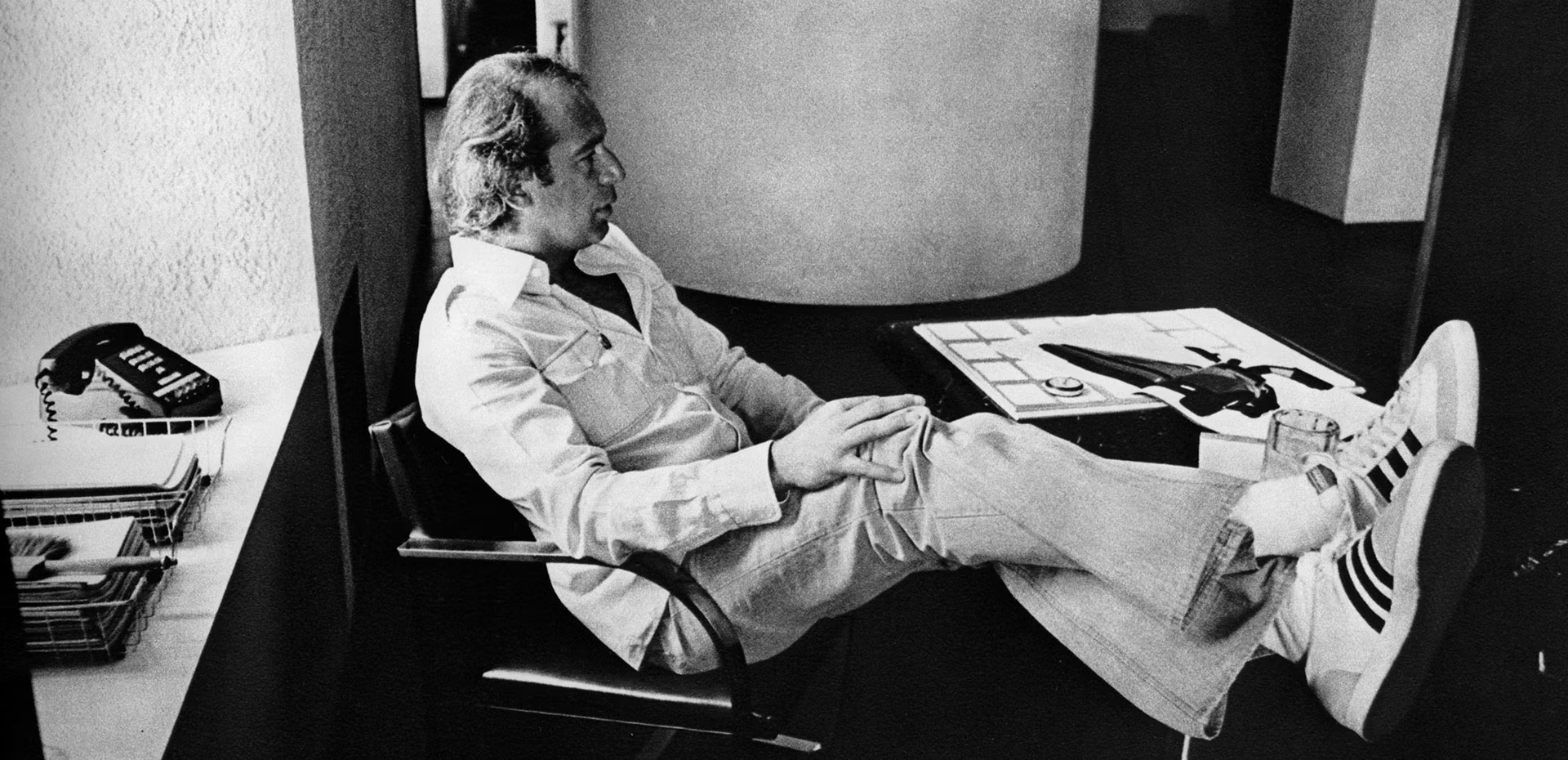

George Lois
(1931 – 2022)
Disclaimer: The information contained in this post is for general information purposes only. The views expressed here are my own and do not necessarily reflect the opinions or positions of my employers, clients, or any organizations with which I am affiliated.
The audio summary segments, included for accessibility, are generated with experimental NotebookLM.

